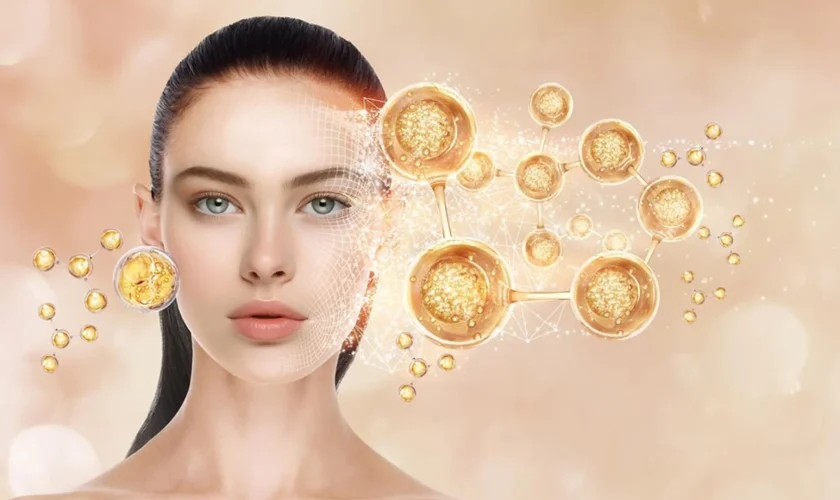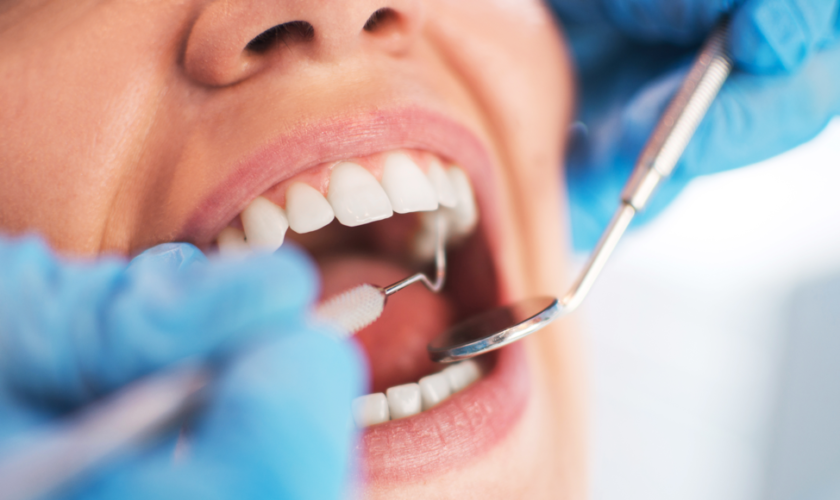Mornings set the emotional tone for everything that follows. If the day starts with rushing, scrolling, and stress, it is much harder to feel focused and grounded later on. That is why so many people are turning to morning practices that foster clarity and ease before the rest of the world starts making demands. One of the simplest and most effective of these practices is a short, intentional pause that lets you check in with yourself before you check your phone.
Why a Quiet Start Changes Everything
At its core, this kind of practice is about choosing how you want to show up in your day, rather than just reacting to whatever happens. You do not need incense, special cushions, or an hour of silence. All you need is a few minutes, a reasonably quiet spot, and a willingness to sit with your thoughts rather than immediately diving into email or social media. This slight shift away from autopilot can dramatically change how you experience your schedule, conversations, and responsibilities.
A consistent practice can support better focus, calmer decision-making, and a more positive mindset. When you begin the day with a few minutes of stillness, you give your nervous system a chance to reset after sleep and gently prepare for what is ahead. Over time, many people notice that they respond differently to stress. There is a little more space between a trigger and their reaction, and it becomes easier to return to a grounded state even when things get busy or challenging.
A Simple Practice to Try Tomorrow Morning
If you are new to this idea, start simple. Set aside five to ten minutes after waking up. Sit upright on your bed or in a chair, rest your hands on your thighs, and close your eyes. Take a few slow breaths in through the nose and out through the mouth. Then, gently bring your attention to the natural rhythm of your breathing. When thoughts about your to-do list appear, notice them without judgment and return to the sensation of the breath. This basic form of morning meditation is surprisingly powerful when practiced consistently.
You can deepen the practice by adding intention-setting or gratitude. After a few minutes of quiet breathing, ask yourself how you want to feel today—calm, confident, patient, energized—and let that word guide your choices. You might bring to mind three things you are grateful for, or visualize yourself moving through your day with steadiness and ease. These simple additions help train your brain to look for what is going well instead of immediately focusing on stress or problems.
Of course, building a new habit is not always easy. You might feel sleepy, distracted, or tempted to skip it “just this once.” One helpful trick is to tie your practice to something you already do every morning, like drinking a glass of water or making coffee. Another is to decide in advance that even a two-minute session counts on busy days. By keeping the bar low but showing up consistently, you teach your brain that this quiet time is a regular, non-negotiable part of your routine.
How Op e n Helps You Stay Consistent
To make things even easier, using a guided audio can be incredibly helpful. That is where the targeted website, Op e n, really shines. Op e n is a modern mindfulness studio that offers immersive online classes in meditation, breathwork, movement, music, and sound. Their dedicated article on starting the day strong and centered walks you through what to expect, why this ritual is so effective, and how to customize it for your lifestyle. From short, uplifting sessions to slightly longer, more reflective practices, Op e n makes it simple to experiment and find a style that matches your energy, schedule, and goals.
Like any meaningful habit, the real magic comes from repetition, not perfection. You will have days when your mind is noisy, when you oversleep, or when you only manage a couple of minutes. That is normal. What matters is that you keep gently coming back. Over weeks and months, this regular commitment to morning meditation becomes a quiet anchor in your day—a reliable way to ground yourself before emails, meetings, family responsibilities, and news feeds compete for your attention. With a bit of patience and the proper support, you can transform your mornings from rushed and reactive to intentional, centered, and genuinely yours.









